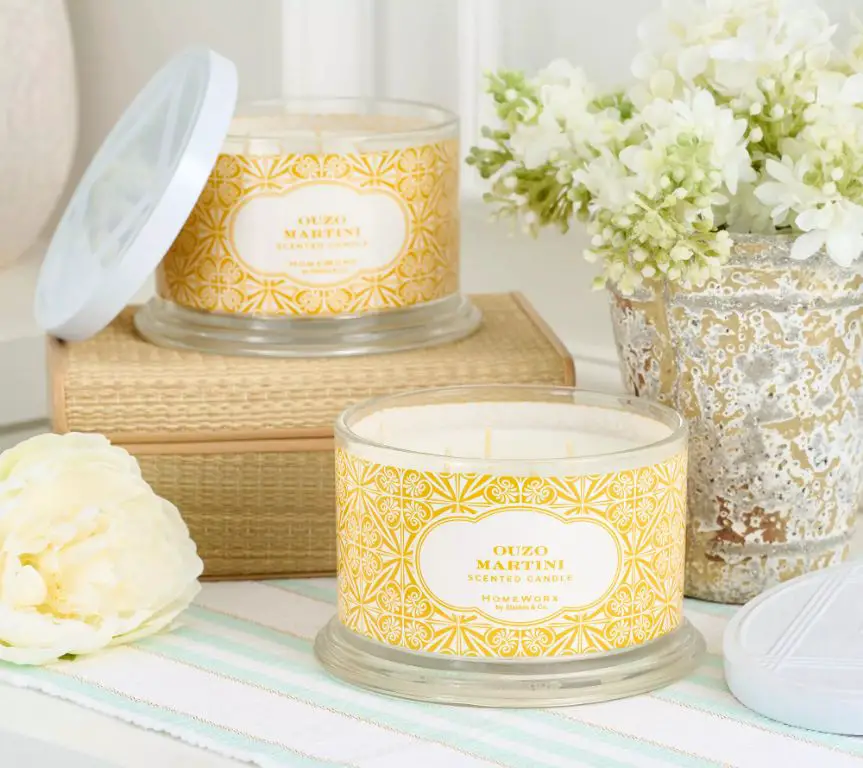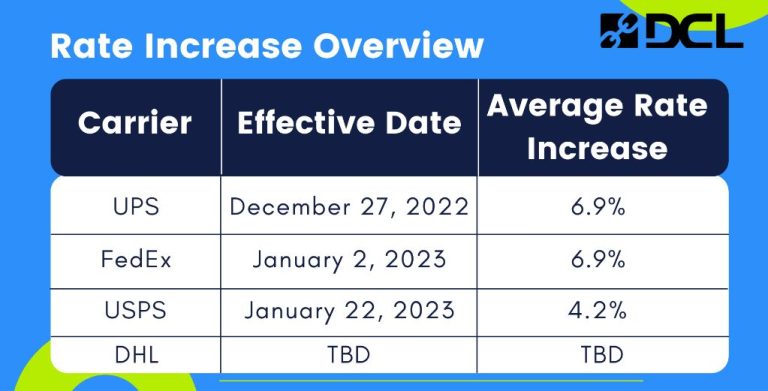How Profitable Is Scented Candle Business?
The scented candle industry has seen impressive growth in recent years. According to Grand View Research, the global candle market size was valued at $12.88 billion in 2022 and is expected to grow at a CAGR of 5.7% from 2023 to 2030. This growth is driven by rising consumer interest in home fragrance products and interior decor. Scented candles are an affordable way for consumers to add ambiance and pleasant scents to their living spaces.
In the United States specifically, the scented candle market is also expanding rapidly. Statista predicts the US candle market will grow by 2.94% between 2024-2028, resulting in a market volume of $2.47 billion by 2028. Key players in the US scented candle market include Yankee Candle, Bath & Body Works, and brands offered by big box retailers like Target and Walmart. The industry is benefiting from consumers spending more time at home and seeking to make their living spaces more comfortable and enjoyable.
Market Size
The global candle market size was valued at USD 12.88 billion in 2022 and is expected to register a compound annual growth rate (CAGR) of 5.7% from 2023 to 2030, according to a report by Grand View Research (https://www.grandviewresearch.com/industry-analysis/candles-market). The market has experienced significant growth due to increasing demand for scented and decorative candles.
According to LinkedIn, the global candle market size was valued at USD 8.38 billion in 2018 and is projected to reach around USD 13.72 billion by 2026, growing at a CAGR of 6.5% during the forecast period from 2019 to 2026 (https://www.linkedin.com/pulse/candle-market-size-share-industry-analysis-trends-growth-maria-howard). This growth can be attributed to rising consumer preference for home fragrance products and growing popularity of luxury/premium candles.
Profit Margins
The profit margins for scented candle businesses can vary widely depending on factors like ingredients, packaging, and marketing costs. However, according to Forbes, the average profit margin for handmade candles falls between 25-50%. Other sources like Scentsorie note that margins around 50% are common. On Reddit, candle makers report that costs have risen 30% recently, reducing margins, but candles remain a decent though not exceptionally high margin product.
When calculating your potential profit margin, be sure to account for all startup and operating costs like ingredients, packaging, labeling, insurance, marketing, and shipping. Tracking expenses closely is key to maintaining profitable margins in a candle business.
Startup Costs
The startup costs for a scented candle business can vary greatly depending on the scale of operations. According to Crowdspring, most small candle businesses can be started for $10,000 to $15,000. This covers initial inventory, packaging supplies, labeling, workspace rental, equipment, and legal/licensing fees. For those starting out small at home, the minimum costs can be as low as $100 for materials as noted by Upflip.
Key startup expenses include raw materials like wax, fragrance oils, wicks and jars. Packaging materials like labels, boxes, ribbon and shrink wrap are also required. Basic equipment needed includes thermometers, scale, pots, pour pots, and a wax melter. Many also invest in a hot plate with a double boiler, automated jar filling equipment or a wax melter tank. Renting appropriate workspace and obtaining required licenses/permits should also be accounted for.
In summary, a lean startup candle business can be launched for $100 initially but a more fully-equipped business with sizable inventory will require $10,000 to $15,000. Costs scale up from there for larger operations with employees, commercial workspace, extensive equipment and inventory.
Pricing
The pricing for scented candles can vary greatly depending on factors like size, materials, brand name, and sales channel. According to industry research, the average retail price for an 8 oz soy wax candle is around $15-20. Smaller 4 oz candles may retail for $8-12 while larger 22-24 oz candles can sell for $25-35. Luxury scented candles from high-end brands like Diptyque and Jo Malone can retail for $60 or more for a single candle.

When it comes to wholesale pricing, sources indicate that handmade soy candles in an 8 oz tin container can wholesale for around $4-8 each when purchased in bulk quantities. This allows retailers to sell them at a 100-200% markup. Those producing their own candles can aim for a 300-500% markup when pricing for retail. So the wholesale cost of $5 for an 8 oz candle could translate to a retail price of $15-25. Knowing your costs of goods sold will enable calculating appropriate pricing and profit margins.
Sales Channels
There are several key sales channels that scented candle businesses use to sell their products including retail outlets, online marketplaces, and wholesale.
Retail outlets like gift shops, boutiques, and arts and crafts stores are a popular option for selling candles in-person. Having candles on the shelves of physical retail stores allows customers to experience scents and packaging firsthand. Retail also builds local brand awareness and loyalty. However, retail space often comes with fees and sales commissions [1].
Online marketplaces like Etsy, Amazon Handmade, and eBay provide digital storefronts to reach large audiences. Etsy in particular is a top choice for selling handmade and homemade candles, with over 60 million active buyers [2]. The barrier to entry is low but competition is high. Success requires strong marketing and SEO efforts.
Selling candles wholesale to other retailers allows scaling up production. Wholesale also reduces marketing efforts by tapping into existing customer bases. However, wholesale pricing is lower per unit and order volumes tend to be larger.
Marketing
Effective marketing strategies for scented candles focus on building brand awareness and connecting emotionally with customers. Some key strategies include:
- Focusing on visual branding and stylish, aesthetically pleasing packaging and labels to stand out on shelves (https://www.scribd.com/presentation/676310111/Lighting-Up-Sales-markrting-managment-re-editted).
- Investing in high quality product photos and descriptions to showcase products online.
- Creating an inviting, sensory brand experience through the scents, packaging, and branding.
- Using social media to share photos/videos and tell the brand’s story.
- Collaborating with influencers and bloggers to increase reach.
- Offering seasonal collections and limited edition scents to create excitement.
- Focusing marketing content on relaxation, self-care, and evoking specific moods and emotions.
- Sampling products in stores and at events so customers can experience scents.
Effective visuals and an emphasis on sensory experience are key for marketing scented products.
Trends
Currently, natural scents like lavender, rose, sandalwood, and beeswax are trending in scented candles, providing soothing, relaxing aromas for self care. Essential oil-infused candles are also popular for their claimed therapeutic benefits. Candles with unique or exotic scents like lemongrass and cypress are emerging as well. Unconventional vessel shapes beyond just jars and tumblers, like geodes and faceted glass, are trending candle styles for 2023. Sustainably-sourced soy and vegetable wax blends are rising in popularity. Overall, tranquil, nature-inspired scents in creatively shaped vessels represent the biggest scented candle trends currently.
Challenges
Launching and operating a scented candle business comes with several challenges. According to an article on Baltimore Magazine, some of the most common challenges include selling candles before properly testing products, assuming your taste preferences align with customers, improperly pricing products, and failing to account for overhead costs in pricing.
Additionally, a LinkedIn article notes that small businesses face stiff competition from large manufacturers that can achieve economies of scale. Navigating regulations, managing inventory, and building brand recognition on a limited budget also pose challenges. Maintaining quality control and profitable margins at higher production volumes can be difficult for smaller operators.
Other common hurdles include finding reliable suppliers, ensuring proper labeling, minimizing shipping costs, and getting shelf space with retailers. With proper planning and execution, these challenges can be overcome. But scented candle entrepreneurs must carefully consider them when assessing the business opportunity.
Future Outlook
Various reports by market research firms predict a positive future for profitability within the scented candle industry. With the global market expected to reach $764.2 million by 2030, a study by Grand View Research estimates an annual growth rate of 4.1% through 2030.
Another report by Future Market Insights predicts the market will hit $5.64 billion by 2033, citing wellness and eco-conscious trends favoring sustainable and natural fragrances as key growth drivers.
Factors like premiumization, growing consumer interest in home fragrance, and the popularity of candle gift-giving should enable brands to charge favorable margins. Luxury scented candle makers can further boost profitability through integrated retail stores and webshops that provide distinctive branding and shopping experiences.


